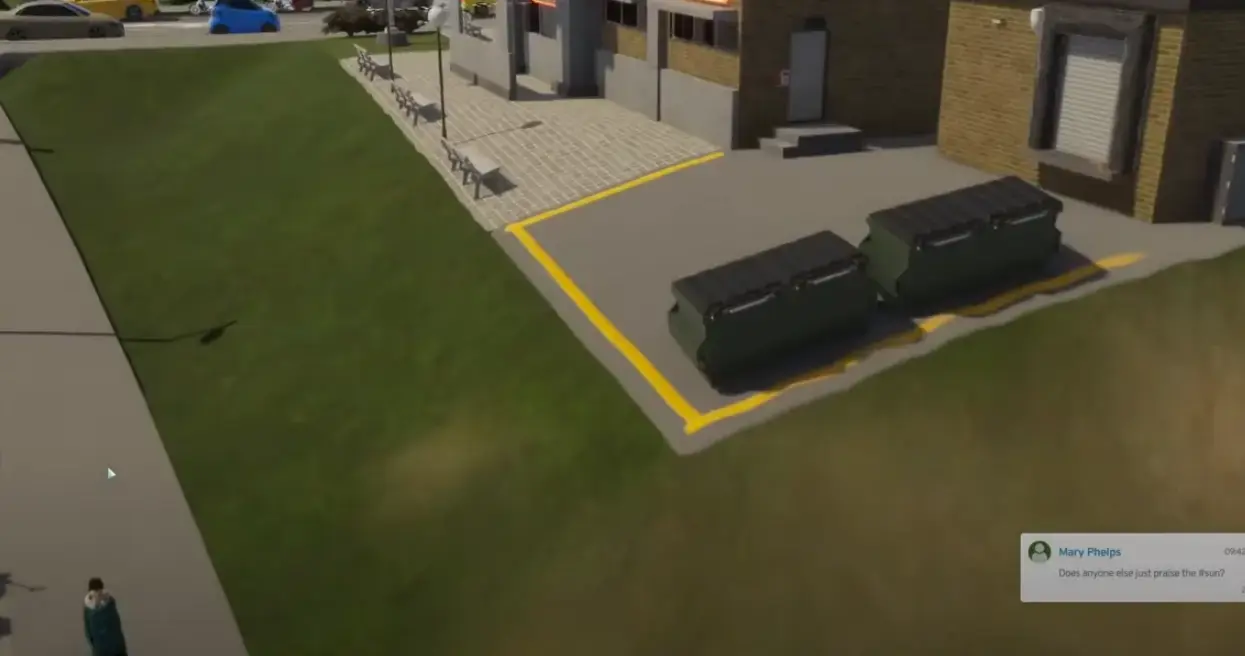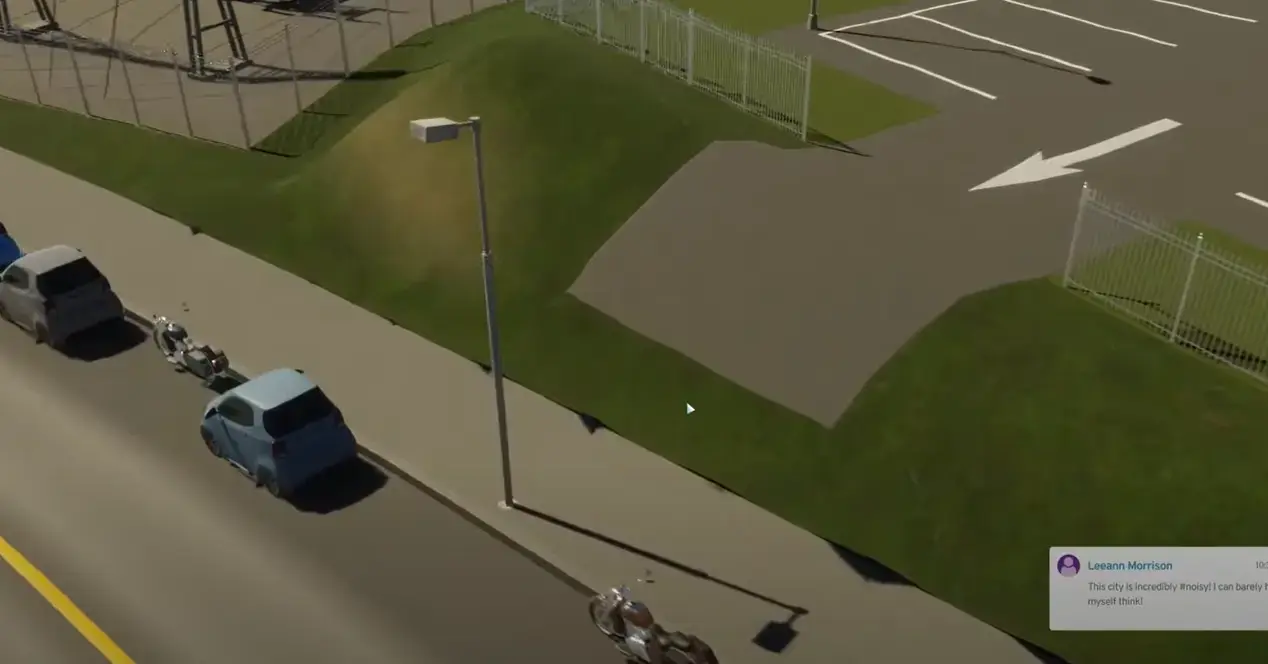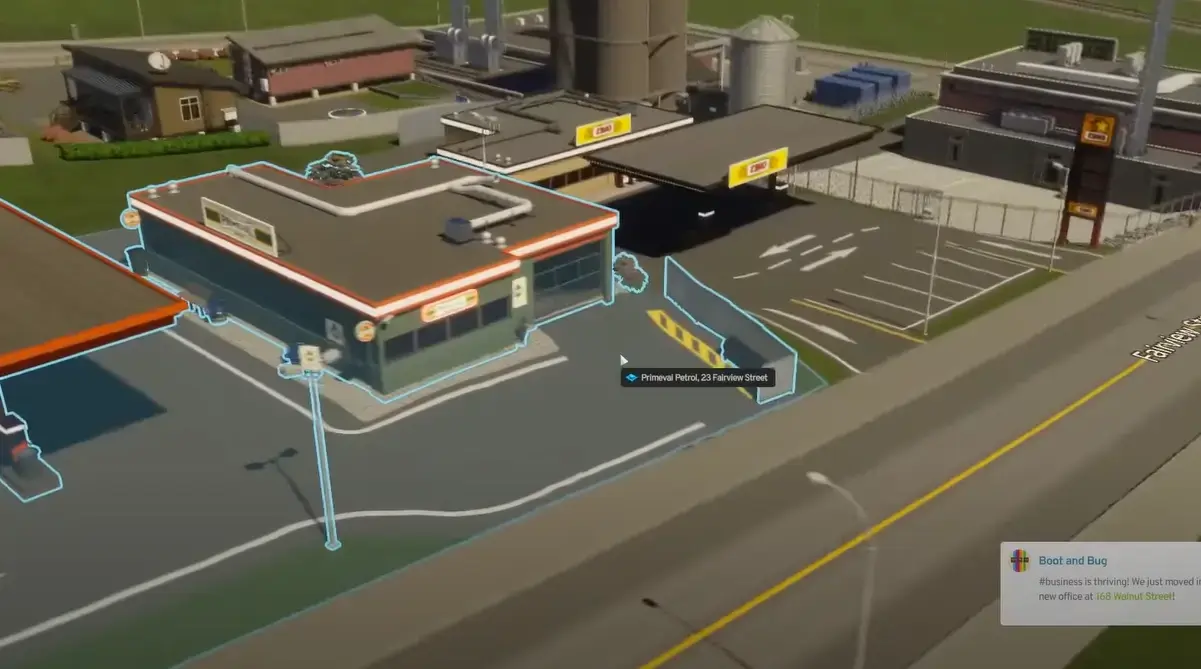I don’t really understand how people make the review threads, but we’re sitting at a 77 on OpenCritic right now. Many were worried about game performance after the recommended specs were released, but it looks like it’s even worse than we expected. It sounds like the game is mostly a solid release except for the performance issues, but they really are that bad.
- Popular Cities: Skylines 1 streamers are reporting that they are not able to achieve a consistent 60 fps, even with RTX 4090s and lowering the graphics to 1440p medium settings. Based on utilization numbers, it sounds like the GPU is limiting factor here.
- Those same streamers are also reporting 16GB of RAM usage when loading up a new map, which means that the minimum recommended spec of 8GB was a blatant lie from the devs.
- IGN and other reviewers are reporting that the game does not self-level building plots, which is something that C:S1 did pretty well. This leads to every plot looking like this:



Maybe not a big deal to some, but the focus of Cities: Skylines has always been on building beautiful cities (vs. having a realistic simulation), so this feels like a betrayal of Colossal Order’s own design philosophy.
Personally, this is a pretty big bummer for me. I like C:S1 a lot, but I find it hard to get into a gameflow that feels good unless I commit to mods pretty hard, and that means a steeper learning curve. For this reason, I tend to have more fun just watching other people play the game. I was looking forward to C:S2 as a great jumping on point to really dig into city-building myself. Maybe I’m being too harsh here because of my personal disappointment - many don’t really care about hitting 60fps, but those same people also tend to not build top-end PCs. And it sounds like if you don’t have a top-end PC, you’re looking at sub 30 fps, and I think most agree that that is borderline unplayable.
Anyone else have thoughts on this one?


It does not sound like 50 FPS on 6 years old hardware. Maybe half?
Don’t be afraid, I do use my RAM. Like, it’s full of other important programs and filesystem cache.
But the game shouldn’t take it away from other programs, and it should also be aware of the fact that windows starts swapping out programs when RAM usage has reached ~70%. This will significantly affect any programs you run simultaneously, but the game itself tooz because it’s less used memory pages will be swapped out more. Random access for reading back swapped pages is much slower than loading the resources in smaller groups sequentially.
16 GB usage sounds like the game has loaded ALL of its models and resources, even those that are not needed (not in view, and probably not even accessible to the player), and probably has multiple copies of most with different resolution and such.
Loading to RAM that much data would be fine if they managed it to only be loaded to a cache, that can be released for other programs, but I don’t think you can do that in any other way than using the filesystem cache, at which point the RAM usage does not even count against your process, or as usage at all.
Obviously the game does not have to use all the RAM. It only needs to preload textures and models that are useful on your system (based on graphics settings) and are in use right now or can be in use very soon.
Also, loading from disk is not as slow as you make it seem. Yes it is if your users install games to a drive that’s bad for that purpose (like SMR tech hard drives), or if you haven’t placed the resources strategically, by which I mean grouping resources so that commonly-used-together resources are placed sequentially for a quick and efficient read.
The first problem shouldn’t be your concern: the player shouldn’t expect top performance from hardware that was designed for a totally opposite task.
Yes, but they shouldn’t touch any technical information, including the hardware requirements section. Marketers don’t know shit about the game, just that they want to sell at much licenses as
humanlypossible.The hardware requirements, however, is to be defined by those who know shit about the game. Preferably core developers or performance testers, who have an idea about the game’s inner workings and about how much is it expected to use in average and in the worst case.
I can agree with that and your point on Cyberpunk. I haven’t played that game, but not because I’m not interested. It looked fun from content that I have seen.
But the performance concerns sound like that it’s actually a huge problem.
I like it that so far it has been described a solid lunch except land leveling and performance, because the first one can probably be addressed in a few months at most if they want it. But even the published hardware requirements were disappointing, and this is a signal that the game will hardly get any better than that, if it can reach it.